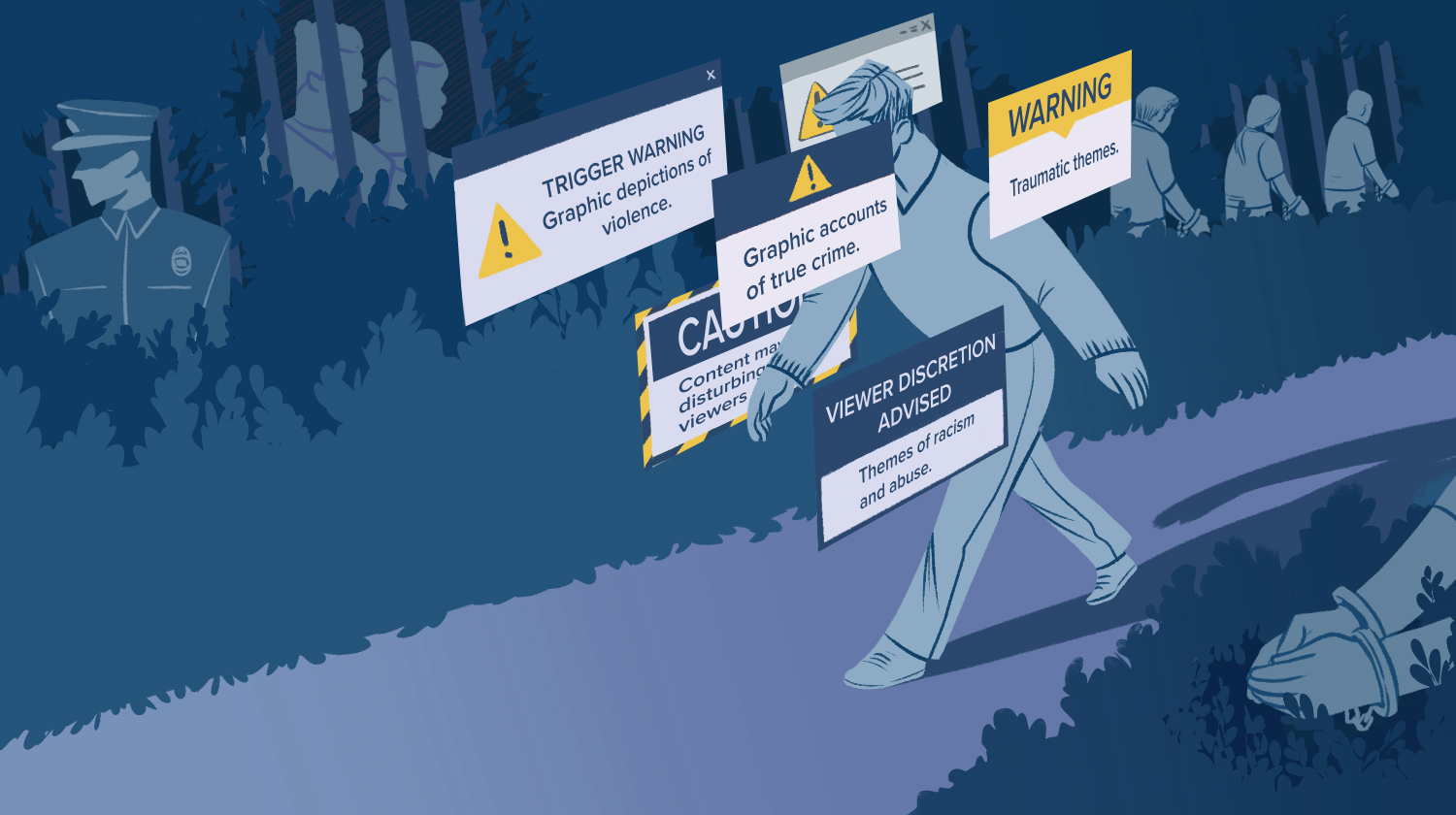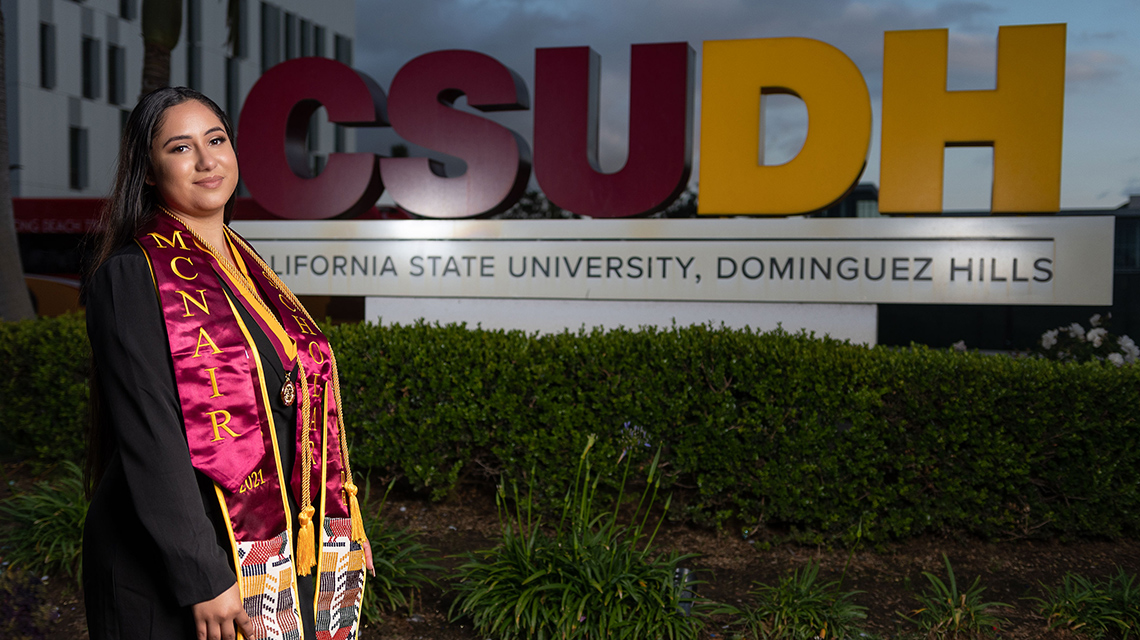English
-

Faculty Highlights: May-June 2021
Our faculty members participate in conferences around the world, conduct groundbreaking research, and publish books and journal papers that contribute…
-
Features

Cristina Rose (Smith) Named 2021 Catherine H. Jacobs Outstanding Faculty Lecturer
When Cristina Rose (Smith) is teaching, she doesn’t just lecture while students jot down notes. Rather, Rose acts as an…
-
Faculty Highlights

Faculty Highlights: July-August 2020
Our faculty members participate in conferences around the world, conduct groundbreaking research, and publish books and journal papers that contribute…
-
Features

CSUDH Professor’s New Book Set to Trigger Conversations on Race, Trauma
The use of trigger warnings–brief statements informing students of potentially distressing or re-traumatizing content–in education have grown in popularity over…
